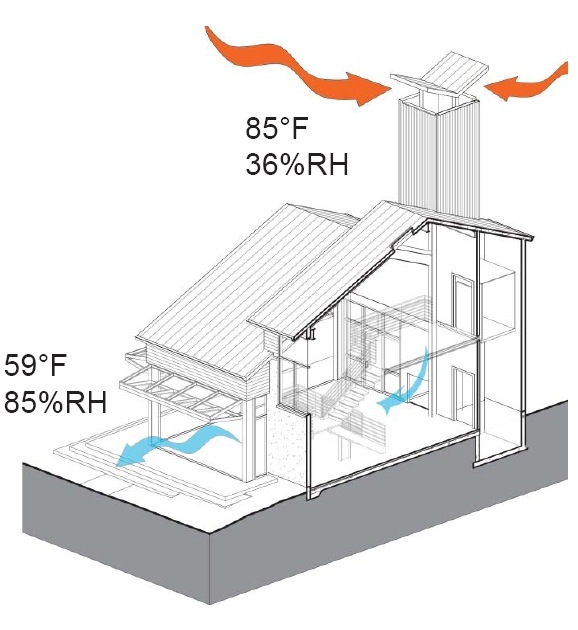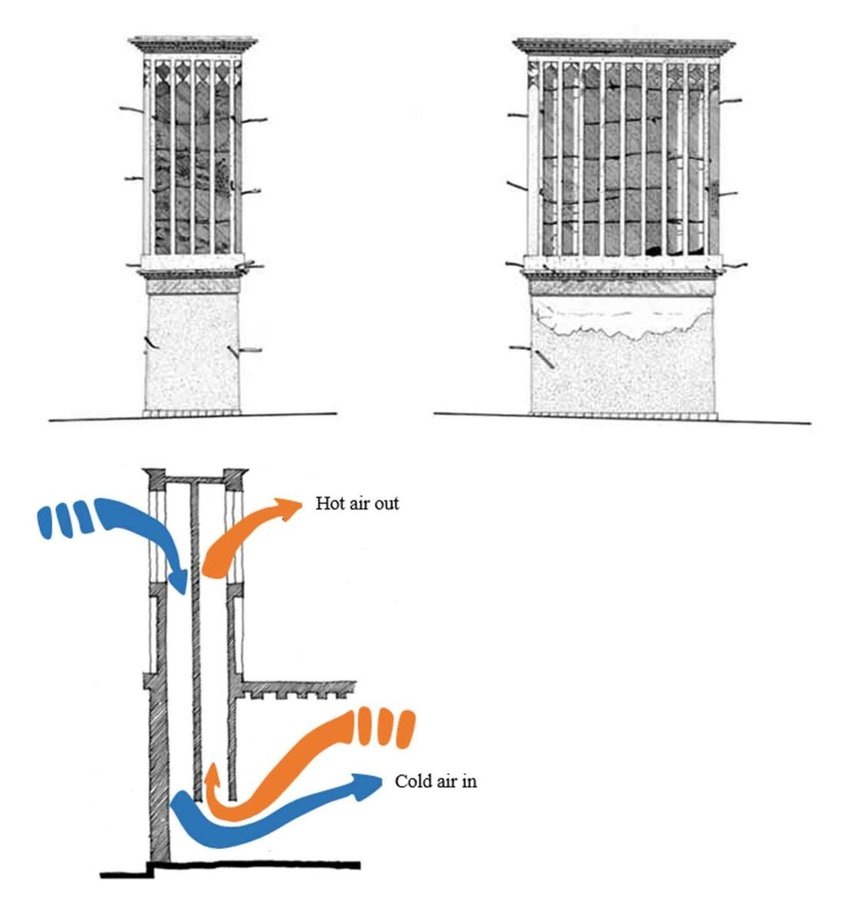https://en.wikipedia.org/wiki/Little_Ice_Age
The Little Ice Age (LIA) was a period of regional cooling, particularly pronounced in the North Atlantic region, that occurred after the Medieval Warm Period.[2] It was not a true ice age of global extent. The term was introduced into scientific literature by François E. Matthes in 1939.[3] The time period has been conventionally defined as extending from the 16th to the 19th centuries,[4][5][6] but some experts prefer an alternative timespan from about 1300[7] to about 1850.[8][9][10]
The NASA Earth Observatory notes three particularly cold intervals. One began about 1650, another about 1770, and the last in 1850, all of which were separated by intervals of slight warming.[6] The Intergovernmental Panel on Climate Change Third Assessment Report considered that the timing and the areas affected by the Little Ice Age suggested largely independent regional climate changes, rather than a globally synchronous increased glaciation. At most, there was modest cooling of the Northern Hemisphere during the period.[11]
Several causes have been proposed: cyclical lows in solar radiation, heightened volcanic activity, changes in the ocean circulation, variations in Earth's orbit and axial tilt (orbital forcing), inherent variability in global climate, and decreases in the human population (such as from the Black Death and the epidemics emerging in the Americas upon European contact[12]).



 好似係wind catcher
好似係wind catcher


 好似係wind catcher
好似係wind catcher





 未至於死
未至於死


